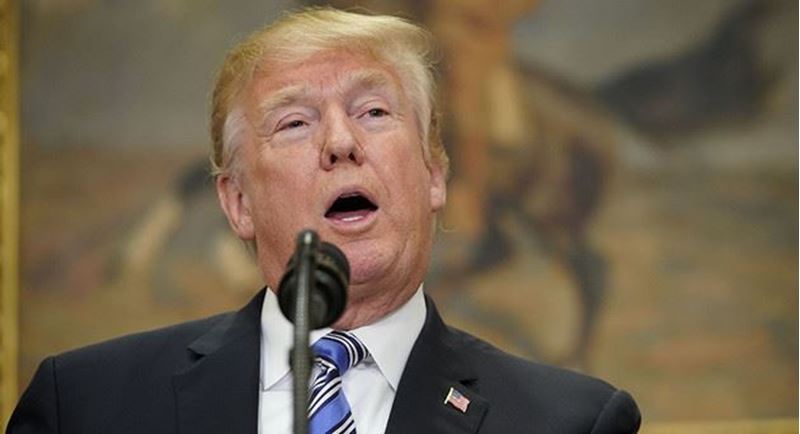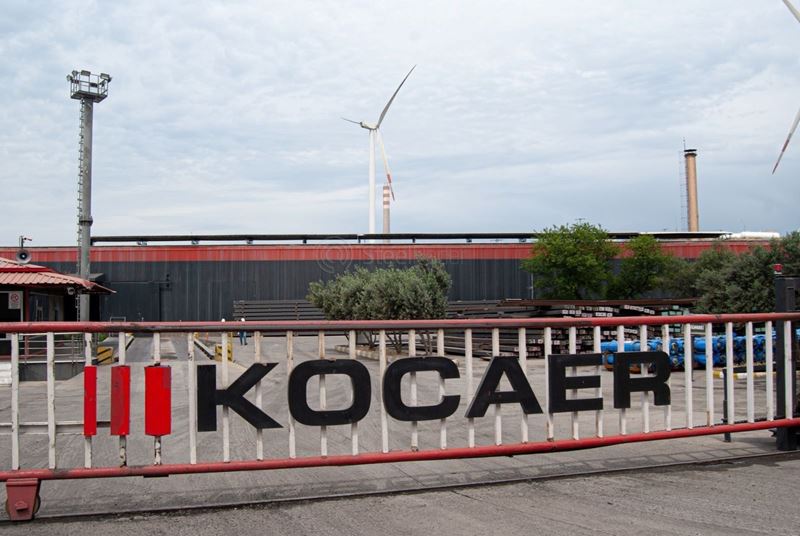The EU's responses in line with the updates made under the FAQ on CBAM include as follows;
The EU Carbon Border Adjustment Mechanism (CBAM) is to be applied to goods imported from third countries and identified by CN codes. The Commission developed the CBAM Self Assessment Tool, covering the notification of goods falling within the scope of CBAM, to help importers correctly notify these goods during the transition period.
The CBAM includes imports of goods from all non-EU countries, while countries that are part of the EU Emissions Trading System (ETS) or countries with a linked emissions trading system (e.g. EEA members and Switzerland) are excluded from this regulation to avoid paying a double carbon price for the same product.
The embedded emission of aluminum, steel, and other metals results from transformation processes such as reheating, casting, rolling, coating, welding, and finishing. Even if these processes are carried out at other facilities, the product is considered to have been made at the primary facility.
It is expected that from 2025, new importers or declarants importing goods covered by CBAM into the EU will have the status of “authorized CBAM declarant”. From January 1, 2026, this status is required, and applications must be assessed by the authorities of the EU Member States.
Furthermore, the reduction of carbon prices paid in third countries under CBAM is to be based on the carbon price effectively paid in the country of origin. By declaring this price, authorized CBAM declarants can claim a reduction in the number of CBAM certificates to be delivered. Before the end of the transition period in 2025, the Commission is to prepare an implementing law describing this process in detail. The conversion of the carbon price paid at the annual exchange rate into euros includes the documentation needed to prove that it has been “effectively paid”.










Yorumlar
Henüz yorum yapılmadı